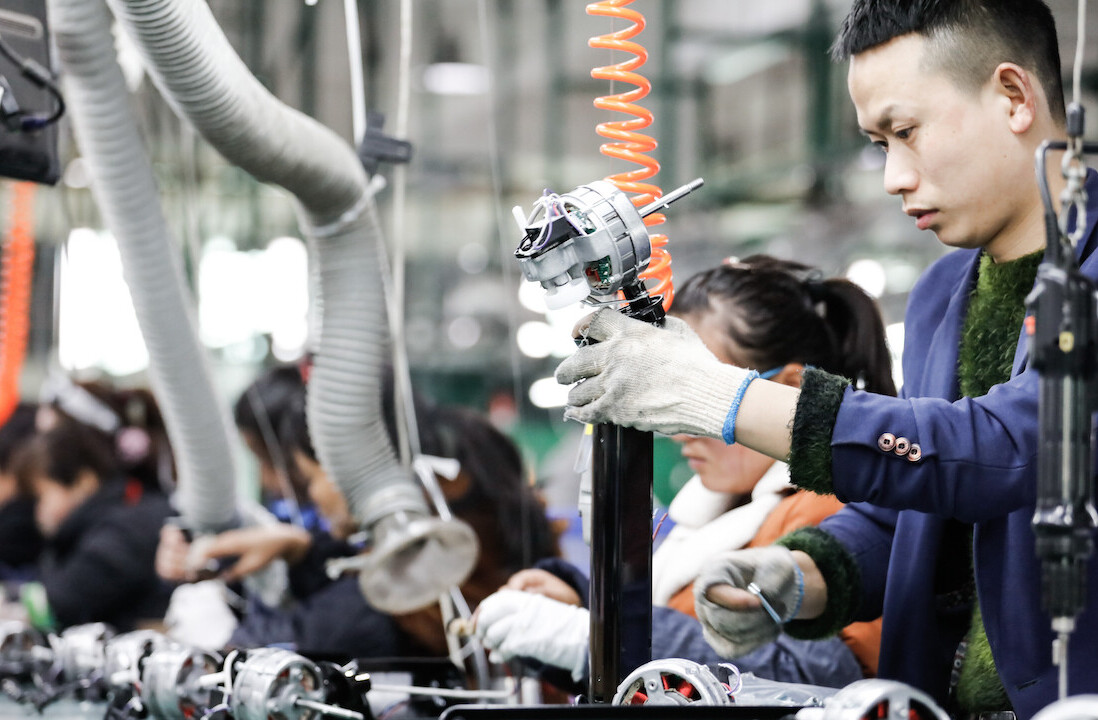
Joe Hyrkin is CEO at Issuu. He was previously CEO of Reverb as well as Entrepreneur in Residence at Trinity Ventures. He has also held top leadership positions at Gaia Interactive, Yahoo, Flickr and Virage, Inc.
We’ve all heard it before: the importance of teamwork. And though we sometimes roll our eyes at the thought of “team bonding” the truth is one of the most satisfying things about being part of a startup is, in fact, the team atmosphere.
Accessing and implementing the ideas of the team in a way that allows for the highest impact is an ongoing challenge, but extremely valuable to any business. As a CEO, I want to hear others’ ideas both about the product and the culture. I want to know the best ideas. I want to understand the challenges. I also want to know how my own messages about our company, culture and plans are being received or not received.
There is never a shortage of opinions or thoughts when it comes to working with a team. The challenge is how to capture them in a way that is productive and creates openness to sharing the real ideas and the challenges that people are experiencing day to day.
Over the years, one practice that I have put into place is a focused bi-annual get together with each person in the company individually. I do this with every single employee regardless of title and role. I ask each person to answer the same set of questions every six months and to give serious thought to each topic and prepare a presentation to review with me. We spend an hour or more and sometimes meet a second time to dig in further. I find that focusing on the same questions provides continuity to examine what is working best and how to address issues that that need to be changed.
This process works for start ups and growing teams. At a certain point, one-to-ones with everyone no longer works, but the principle still applies.
The questions I ask employees are:
- What are the three most important components of a company culture for you?
- Describe the Company in your own words?
- What is your vision for the Company?
- What do you believe is the Company’s business model?
- Three things we do now that you like?
- Three things we do now that you’d like changed?
- Three things/ideas we should make a priority?
- Three most important developments in our ecosystem?
- In three years what does success look like?
- If we could acquire one company, who would it be?
Hearing answers to these questions and the related ideas, and suggestions that accompany them, gives me the opportunity to stay well connected to each employee. I get to hear what’s working and what isn’t. In aggregate, I get a clear pulse on how we’re doing and what we need to do to stay focused and unify further. It also creates a strong bonding time with each employee and gives us a forum to hear each other and build on throughout the next six months.
Setting aside this time with individual team members also creates a way for new employees to contribute from the start. These are questions that can be answered with or without experience and often are just as useful and meaningful when a new employee starts.
The most valuable component of these sessions is that I get to listen and learn – one of the more important things for CEOs to continue doing. Sometimes the most important thing a CEO can do is just shut up and let other’s talk. Learning how to hear both the specifics of what is being said and what underlies those issues is one of the greatest challenges of leadership.
Every team has a captain, and as executives it’s our job to play that role, but true leadership means engaging your team at all levels. It’s about listening to them, not just hearing them. There are a lot of simple ways to make your employees feel valued. It’s each captain’s responsibility to find what works best for them.
Image credit: Aliisa Piirla/AFP/Getty Images
Get the TNW newsletter
Get the most important tech news in your inbox each week.




